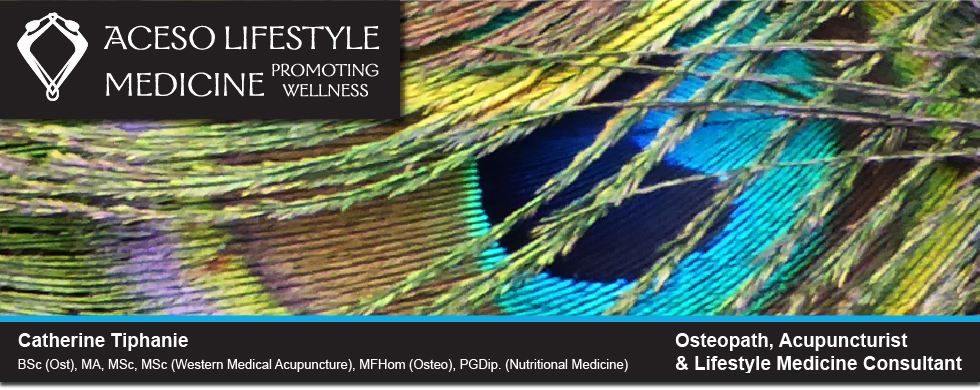
Cranial Osteopathy and Dentistry
The importance of the relationship between cranial osteopathy and dentistry is significant. Conditions affecting the mouth and teeth have a very direct effect on the rest of the body. The face is composed of a number of different bones. Some of these bones are very delicate, and they are intricately linked together in a very complex way.
All the bones of the face, like those in the rest of the skull, are free to move very minutely, which they do in a gentle rhythmical way. This movement between the bones is important in maintaining drainage of the sinuses, and permitting the free passage of air through the nose. Trauma to the face may restrict the normal movement between the bones, and can have very wide-reaching effects in the whole body.
The relationship between the teeth and the body is complex, but from the osteopathic point of view, any dental issue has implications for the whole body, as the teeth are an important part of the body structure and the muscles of chewing are immensely powerful.
The upper teeth sit in the two maxillary bones which form the middle part of the face, the cheeks, while the lower teeth are in the mandible. The upper jaw is “fixed”, so to speak, while the lower jaw can move around because of the action of the temporo-mandibular joint (TMJ). You can feel this joint if you place your fingers just in front of your ear and open/close your mouth.
The way that the teeth bite together (the bite, or occlusion) – the balance between the upper and lower jaw – plays an important part in the balance of the body as a whole. The TMJ can become clicky and/or painful if either the bite or the body is out of balance. The effects can go either way: dental problems can put the TMJ out of balance, with knock-on effects on the body structure, or imbalances in the body structure can disturb the TMJ, in turn disturbing the bite.
TMJ dysfunction (TMD) can give rise to various symptoms including:
- painful and/or clicky jaw
- clenching and bruxism (grinding the teeth)
- headaches, neck, shoulder or low back pain
- ear problems, such as glue ear
- tinnitus (ringing in the ears)
Temporo-mandibular dysfunction and occlusal problems are quite common, and it is not always easy to distinguish whether the primary cause is in the bite or the body! A cranial osteopath can help to assess and treat the cause of dysfunction. It is advisable to seek an osteopathic assessment before embarking on orthodontic interventions, especially orthodontic treatment for children.Check the following links.
OsteopathyOsteopathy for Babies and Children
To return to the main Craniao-sacral Osteopathy page please click here
Copyright ©2012 - 2023 Catherine Tiphanie. All Rights Reserved. Privacy Policy
